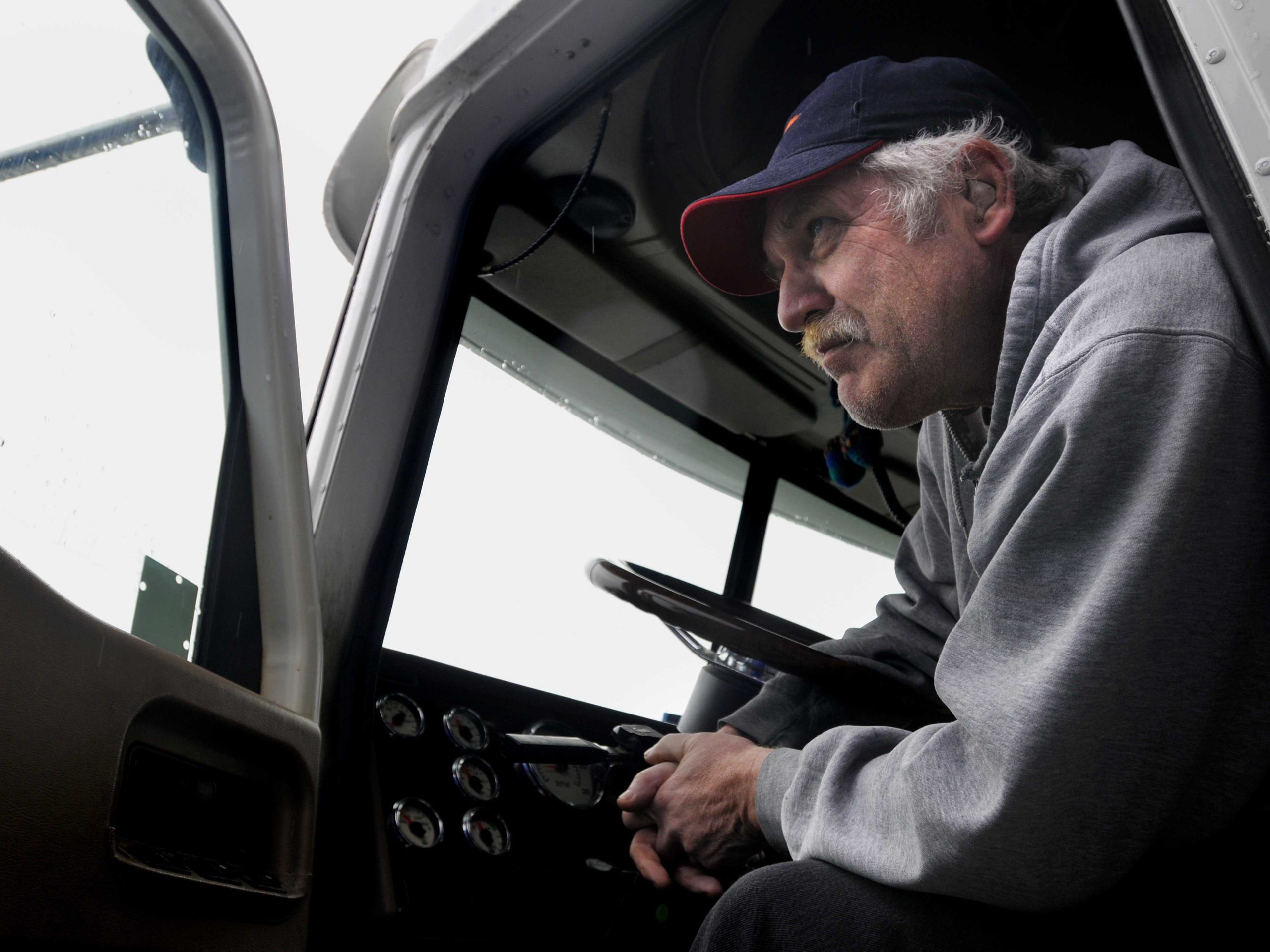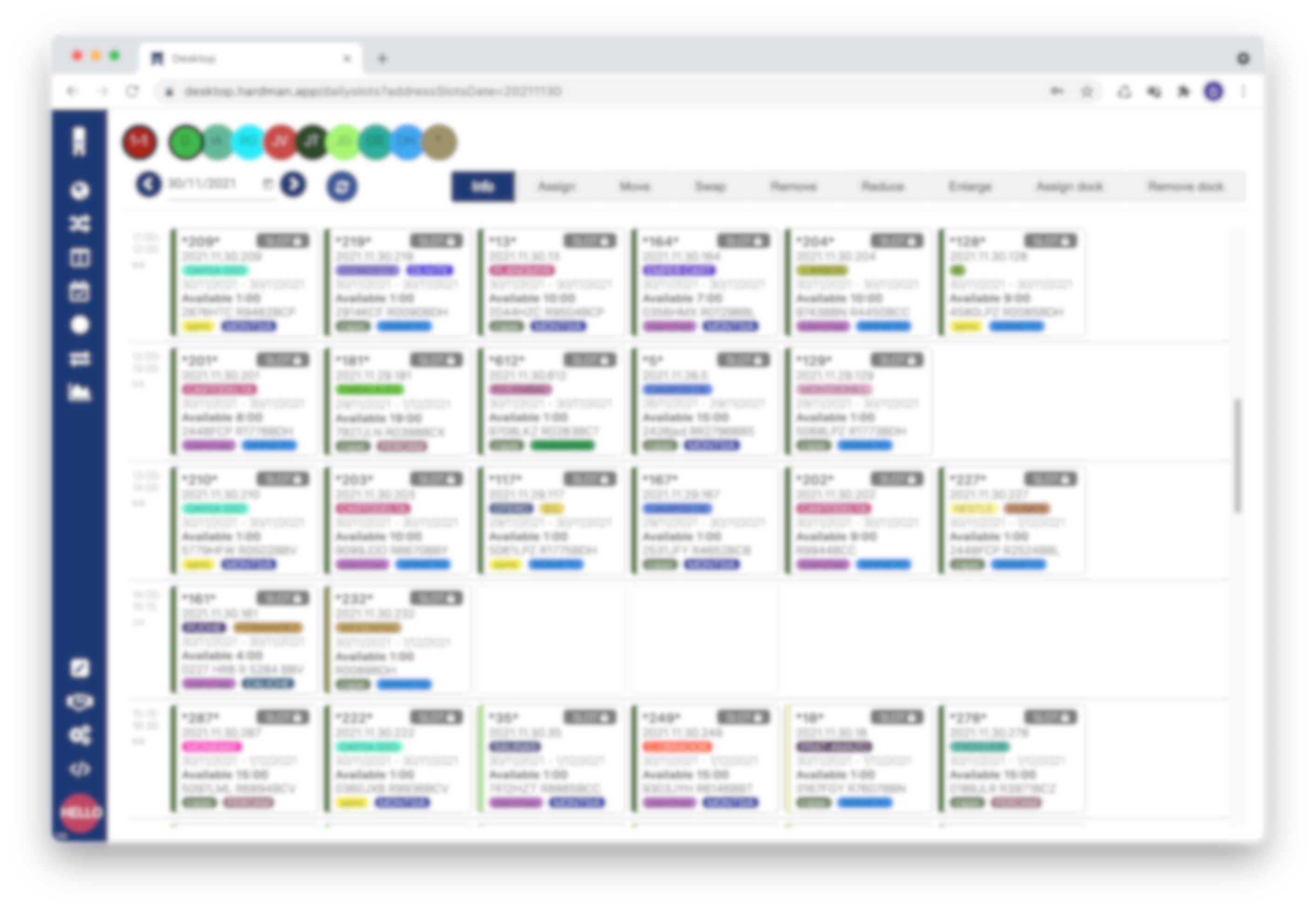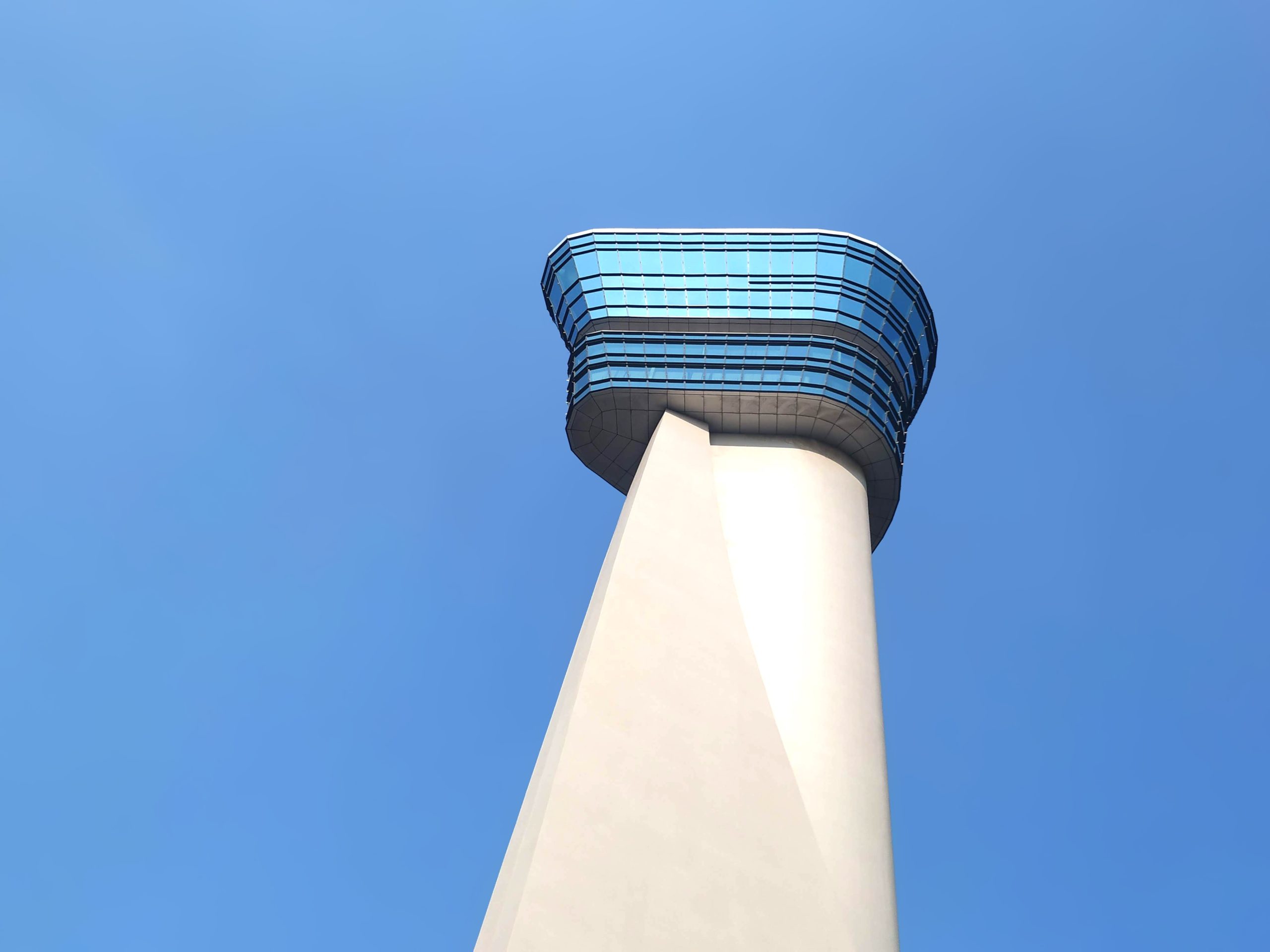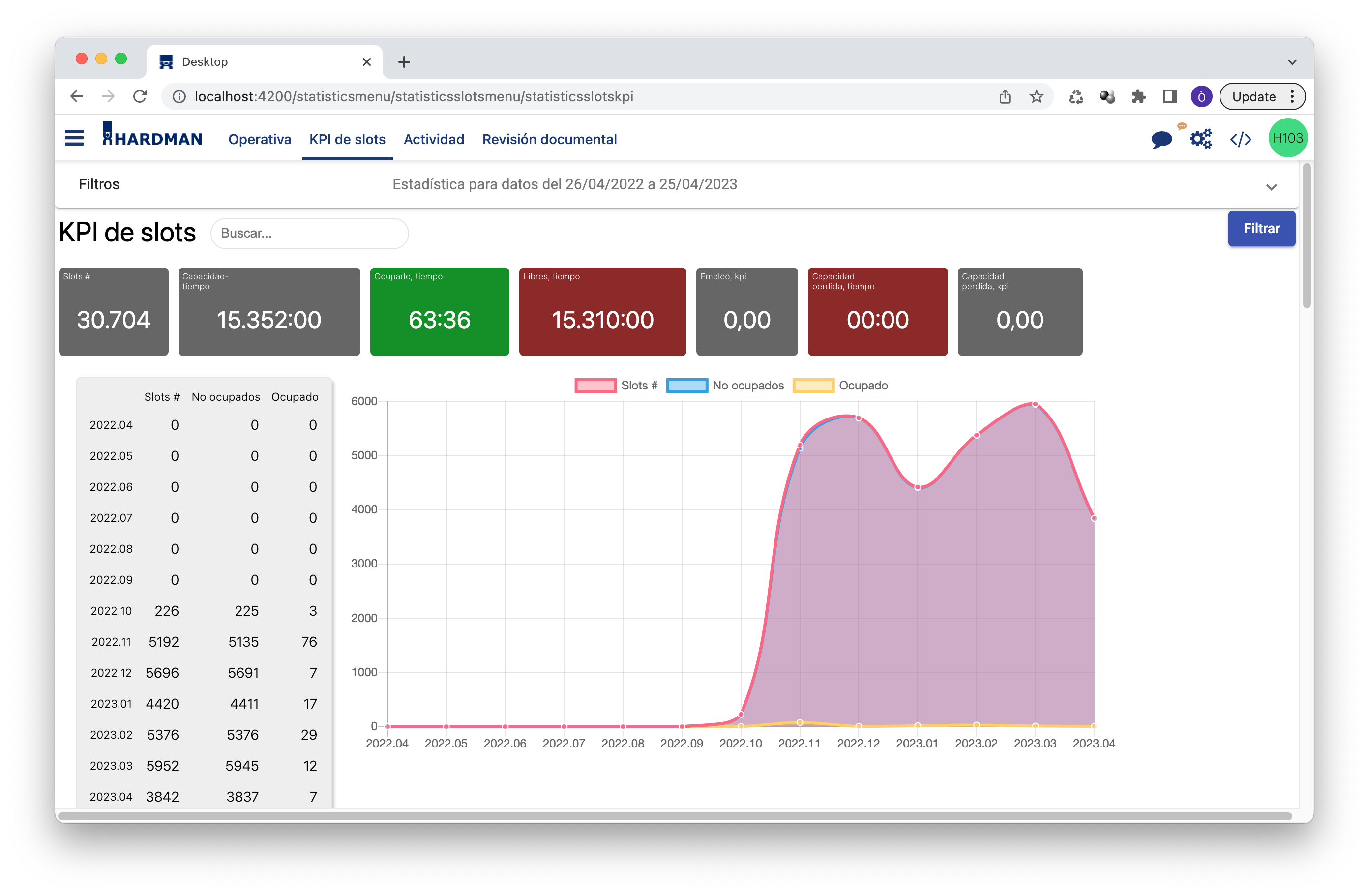
Camionero influencer
El otro día un founder de otra compañía, no está en el sector, se topó con este video (https://www.youtube.com/watch?v=R2scu5OPZ20) y me lo hizo llegar. Estaba[…]

Competing on price is the ruin of the sector
Let’s be realistic: we almost always compete on price, so it has become the only thing we value. And that is the ruin of the[…]

You can no longer wait
For now it is a law that is not fulfilled, a pact that is not known if it will come. But when it does, it[…]

Digitize logistics and transport
In the last two years, mainly due to the health crisis, discourses related to the digitization of logistics and transport have increased. However, the reality[…]

Chat is here!
You ask yourself: Why do they want a chat? A chat? We already have whatsapp! Well, for many things! Chat is an informal form of communication but very effective and fast. Integrating business communications in[…]

Using slots
This article explains the operation model of the slot / upload / download reserve window The slot screen display is divided into two parts: The[…]

Logistic / Supply chain tower control
Logistics-oriented control tower or supply chain A logistics control tower is a centralized solution with the organization and the adapted processes needed to centralize and[…]


